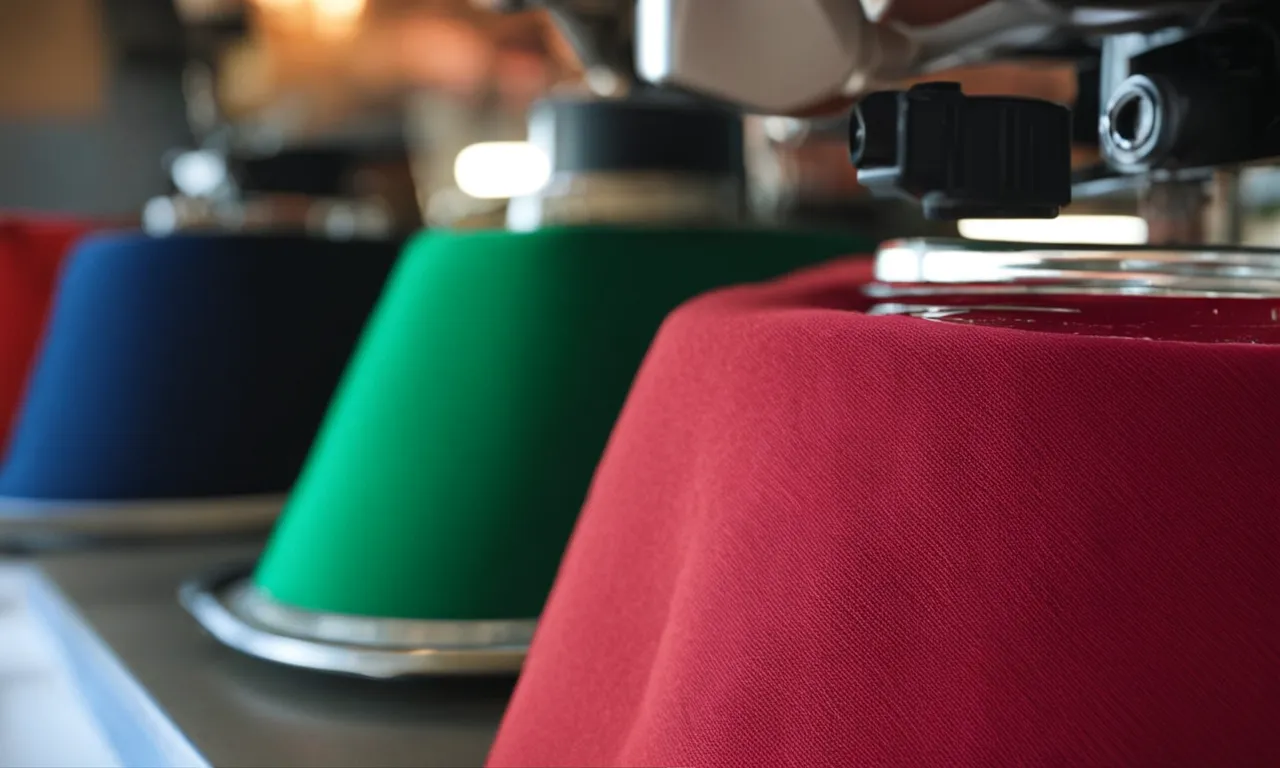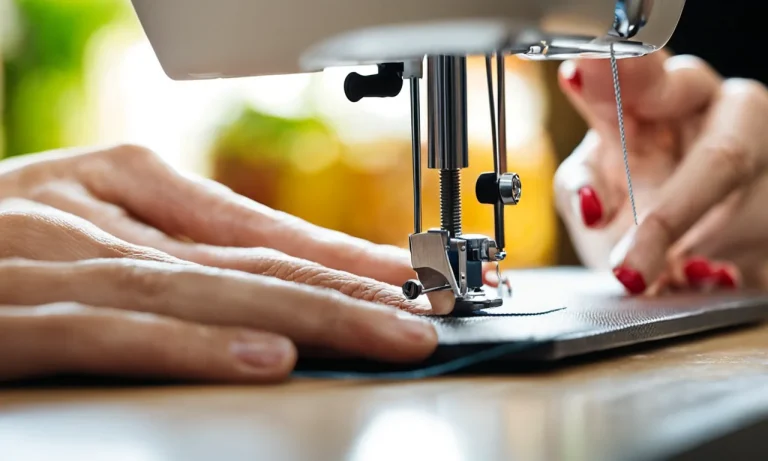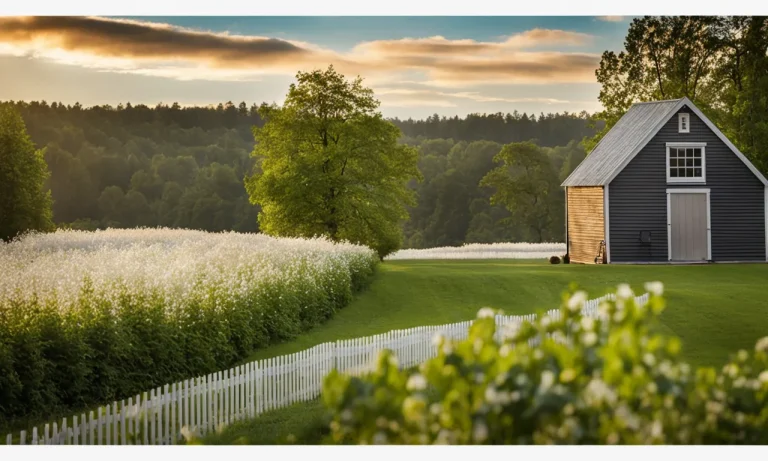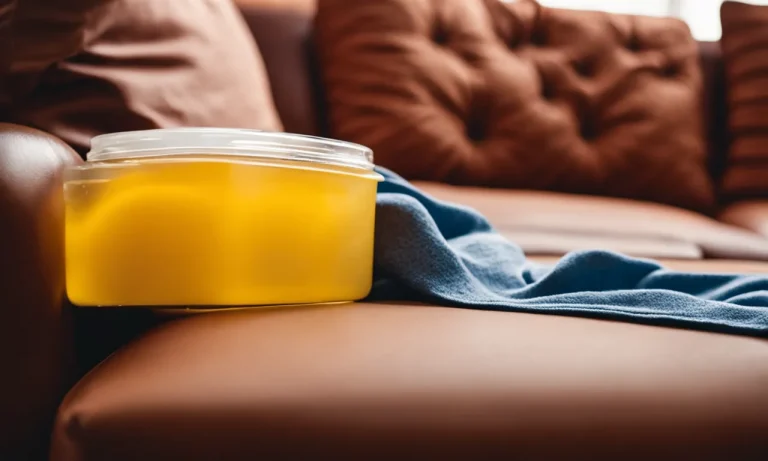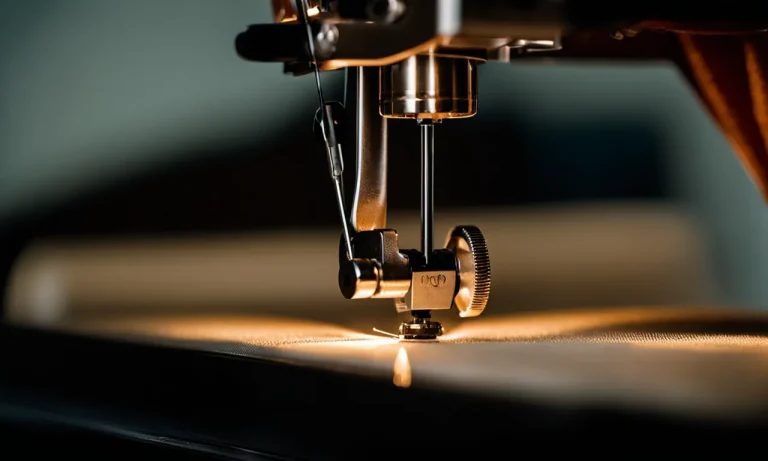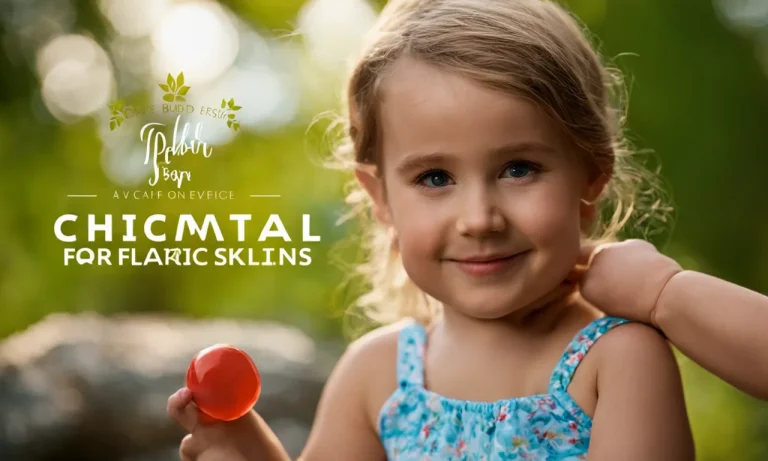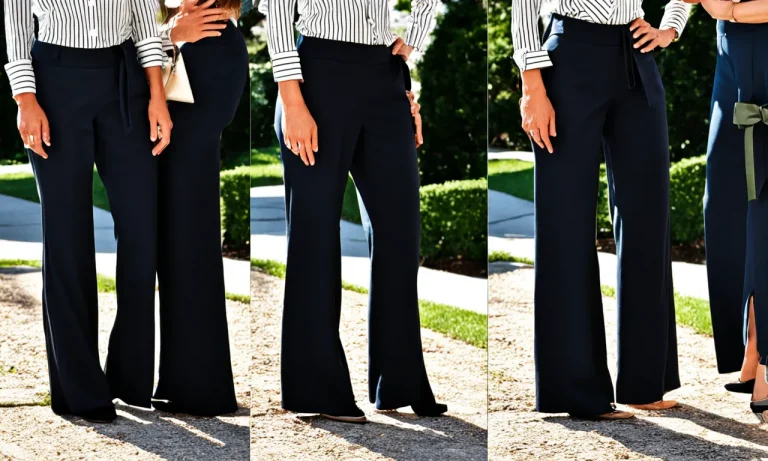How Long Does Fabric Paint Take To Dry?
Painting fabrics and textiles is a fun way to customize and personalize clothing, accessories, home decor projects and more. If you’ve ever worked with fabric paints, you know that one of the key questions is, how long does it take that fabric paint to dry?
If you’re looking for a quick answer, here’s the lowdown: On average, fabric paint takes 1-3 hours to dry completely when applying a single coat on a smooth fabric at room temperature. Drying time varies based on paint type, fabric texture, temperature, humidity and more. Read on for a more in-depth look at the factors that influence fabric paint drying times.
In this comprehensive guide, we’ll provide detailed information on how long fabric paint takes to dry under different conditions. We’ll outline how the type of fabric paint, the fabric surface, temperature, humidity, number of coats and other factors impact drying time.
We’ll also provide tips for speeding up or slowing down the drying process when needed.
Types of Fabric Paint
Acrylic
Acrylic fabric paint is a popular choice for many artists and crafters due to its versatility and vibrant colors. It is known for its ability to adhere well to different types of fabrics and provide long-lasting results.
Acrylic fabric paint can be used on various fabrics, including cotton, polyester, and blends.
One of the advantages of using acrylic fabric paint is its quick drying time. Depending on the brand and thickness of the paint, it usually takes around 1-2 hours to dry completely. However, factors such as humidity and temperature can affect the drying time, so it’s always best to follow the specific instructions provided by the manufacturer.
Some popular brands of acrylic fabric paint include DecoArt, Martha Stewart Crafts, and Jacquard Lumiere.
All-Purpose
All-purpose fabric paint is another type of fabric paint that is widely used by both beginners and experienced artists. As the name suggests, it is suitable for various fabric types and can be used for different painting techniques, such as stenciling, stamping, and freehand painting.
All-purpose fabric paint typically has a slightly longer drying time compared to acrylic paint. It can take anywhere from 2-4 hours to dry completely, depending on the thickness of the paint and the environmental conditions.
It’s important to allow the paint to dry thoroughly before handling or washing the fabric to ensure the best results.
Some popular brands of all-purpose fabric paint include Tulip, Simply Spray, and Plaid Fabric Creations.
Textile Mediums
Textile mediums are additives that can be mixed with regular acrylic or all-purpose paint to transform them into fabric paint. They are particularly useful when you want to use specific colors of paint that are not available as fabric paint.
Textile mediums help the paint adhere to the fabric and prevent it from cracking or peeling.
The drying time of fabric paint mixed with textile mediums is similar to that of regular acrylic or all-purpose paint. It usually takes around 1-4 hours for the paint to dry completely, depending on the brand and thickness of the paint.
Textile mediums can be purchased from various art supply stores or online retailers. Some popular brands include Golden GAC900, Liquitex Fabric Medium, and DecoArt SoSoft Fabric Medium.
Factors That Affect Drying Time
Type of Fabric Paint
The type of fabric paint used plays a significant role in determining the drying time. Different fabric paint formulas have varying drying characteristics. Some fabric paints are designed to dry quickly, allowing you to move on with your project in no time.
These quick-drying fabric paints are ideal for those who need immediate results or have tight deadlines. On the other hand, there are fabric paints that take longer to dry but offer other benefits such as better color retention or durability.
It is important to read the instructions provided by the manufacturer to understand the drying time recommended for the specific fabric paint you are using.
Fabric Surface and Texture
The fabric’s surface and texture influence the drying time of fabric paint. Smooth and tightly woven fabrics tend to dry faster compared to rough or textured fabrics. This is because the paint can easily penetrate and adhere to smooth surfaces, allowing for quicker drying.
However, if you are working with a textured fabric, it may take a little longer for the paint to fully dry and bond with the fabric fibers. Additionally, fabrics with a higher thread count may also require more drying time as the paint needs to seep into the fabric more thoroughly.
Temperature and Humidity
The environmental conditions, particularly temperature and humidity, can significantly affect the drying time of fabric paint. In general, warmer temperatures and lower humidity levels facilitate faster drying.
Heat helps to evaporate the moisture in the paint, while low humidity prevents the air from being saturated with moisture, allowing the paint to dry more efficiently. Conversely, cooler temperatures and high humidity levels can prolong the drying process.
If you’re working in a cold and humid environment, consider using a fan or a heater to speed up the drying time.
Ventilation
Proper ventilation is crucial for the drying process of fabric paint. Good airflow helps to remove moisture from the painted surface, accelerating the drying time. If you’re working indoors, make sure the room is well-ventilated by opening windows or using fans.
However, be cautious of excessive airflow, as it can cause the paint to dry too quickly and may affect the overall quality of the finished project. Finding the right balance of ventilation is key to achieving optimal drying time and a smooth, even finish.
Number of Paint Layers
The number of layers of fabric paint applied can also impact the drying time. If you’re working with multiple layers of paint, each layer will require time to dry before proceeding to the next. Thicker layers or a higher number of coats will naturally take longer to dry.
It is important to allow sufficient drying time between each layer to ensure proper bonding and prevent smudging or blending of colors. Refer to the instructions provided by the fabric paint manufacturer for recommended drying times between layers.
Average Drying Times
When it comes to fabric paint, the drying time can vary depending on a few factors. These factors include the thickness of the paint layer, the type of fabric being used, and the environmental conditions. Here is a breakdown of the average drying times for fabric paint:
Thin Single Layer
If you are applying a thin single layer of fabric paint, you can expect it to dry relatively quickly. In most cases, it will take anywhere from 1 to 2 hours for the paint to fully dry. However, it is important to note that this drying time can vary depending on the brand of fabric paint and the specific instructions provided by the manufacturer.
Some fabric paints may dry even faster, while others may require a longer drying time.
Thicker Layers
If you are applying a thicker layer of fabric paint, the drying time will naturally be longer. The thickness of the paint layer can affect how long it takes for the paint to dry completely. In general, you can expect a thicker layer of fabric paint to take around 2 to 4 hours to dry.
However, it is always a good idea to check the manufacturer’s instructions for specific drying times, as different brands may have different recommendations.
Multiple Layers
If you are applying multiple layers of fabric paint, you will need to allow for additional drying time between each layer. This is to ensure that each layer has enough time to dry before adding another layer on top. On average, you should allow at least 1 to 2 hours of drying time between each layer.
This will help prevent smudging or blending of colors.
It is worth mentioning that these are just average drying times and can vary depending on the specific brand of fabric paint and environmental conditions. If you want to speed up the drying process, you can use a hairdryer on a low heat setting to gently dry the paint.
However, be cautious not to hold the hairdryer too close to the fabric, as it may cause the paint to bubble or crack.
For more information on fabric paint and its drying times, you can visit The Spruce Crafts, a reputable website that provides valuable insights into various crafting techniques.
Tips for Faster Drying
Choose Quick-Dry Paints
If you’re looking to speed up the drying process of fabric paint, consider using quick-dry paints. These paints are designed to dry faster than regular fabric paints, allowing you to complete your projects in less time.
Quick-dry fabric paints typically dry within a few hours, but it’s always a good idea to check the manufacturer’s instructions for specific drying times.
Use Smooth Fabrics
The type of fabric you choose can also affect the drying time of fabric paint. Smooth fabrics, such as cotton or polyester, tend to dry faster than textured fabrics like velvet or corduroy. The smooth surface of these fabrics allows the paint to spread evenly and dry more quickly.
So, if you’re in a hurry, opt for smooth fabrics to expedite the drying process.
Increase Air Circulation
Improving air circulation in the drying area can also help speed up the drying time of fabric paint. Set up a fan or open windows to allow fresh air to circulate around your painted fabric. This will help evaporate the moisture in the paint, accelerating the drying process.
Additionally, you can hang your painted fabric on a clothesline or use a drying rack to ensure proper air circulation.
Use a Hair Dryer
For a quick and easy solution, you can use a hair dryer to speed up the drying of fabric paint. Set the hair dryer to a low heat setting and hold it a few inches away from the painted fabric. Move the hair dryer back and forth to evenly distribute the heat.
Be cautious not to overheat the fabric or hold the hair dryer too close, as this could damage the paint or fabric.
Iron Over Paint
Another method to expedite the drying of fabric paint is by using an iron. Place a thin cloth over the painted area and gently iron over it on a low heat setting. The heat from the iron helps to set the paint and aids in the drying process.
Remember to avoid direct contact between the iron and the painted fabric, as this could smudge or ruin the design.
By following these tips, you can significantly reduce the drying time of fabric paint and complete your projects more quickly. Experiment with different methods to find the one that works best for you. Happy painting!
Tips for Slowing Down Drying
When working with fabric paint, it’s important to know how long it takes for the paint to dry. However, there may be instances where you want to slow down the drying process. Whether you’re working on a detailed design or simply want to have more time to work with the paint, here are some tips to help you slow down the drying time:
Use All-Purpose Paints
One way to slow down the drying time of fabric paint is to use all-purpose paints. These paints are specifically designed to dry more slowly, giving you more time to work with them. Look for paints labeled as “all-purpose” or “slow-drying” to ensure that you are using the right type for your project.
Paint in Cooler Conditions
The temperature of the environment can have a significant impact on how quickly fabric paint dries. If you want to slow down the drying process, try working in cooler conditions. Lower temperatures can extend the drying time and give you more flexibility in creating your design.
Limit Air Circulation
Air circulation can speed up the drying process of fabric paint. To slow it down, try limiting the amount of air movement around your project. Close windows and doors, turn off fans, and choose a location where there is minimal airflow. This will help to prevent the paint from drying too quickly.
Spray with Water
If you find that the fabric paint is drying faster than you’d like, you can try spraying it with water. Lightly misting the painted surface with water can help to slow down the drying process. Be careful not to oversaturate the fabric, as this could affect the final result of your design.
Remember, it’s always a good idea to test these techniques on a small, inconspicuous area of your fabric before applying them to your entire project. This will help you determine the best method for slowing down the drying time of your fabric paint.
Conclusion
When working with fabric paints, drying time is an important consideration. Understanding what factors speed up or slow down the drying process can help you achieve your desired results. With some planning and testing, you can learn how to adjust your approach to accommodate the drying needs of each unique project.
Now that you know approximate fabric paint drying times, as well as techniques for controlling the drying speed, you can move forward confidently with fabric painting projects, whether you’re in a rush or prefer a more leisurely pace.
So grab your favorite t-shirt or tote bag and start creating your own fabulous fashions and home decor.

